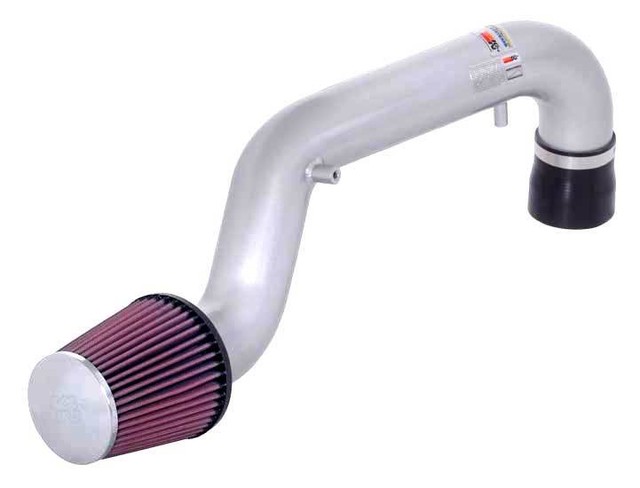

Mooney, Antonio Eleazar, and Phillip Messina at Engelhard Corporation, creating the first production catalytic converter in 1973.
K AND N EXHAUST SERIES
Ĭatalytic converters were further developed by a series of engineers including Carl D. He was awarded United States Patent 2,742,437 for his work. In the mid-1950s, he began research to develop catalytic converters for gasoline engines used on cars. Houdry first developed catalytic converters for smokestacks called "cats" for short, and later developed catalytic converters for warehouse forklifts that used low grade, unleaded gasoline. When the results of early studies of smog in Los Angeles were published, Houdry became concerned about the role of smokestack exhaust and automobile exhaust in air pollution and founded a company called Oxy-Catalyst. Ī few decades later, a catalytic converter was patented by Eugene Houdry, a French mechanical engineer and expert in catalytic oil refining, who moved to the United States in 1930. This is usually in response to government regulation, either through direct environmental regulation or through health and safety regulations.Ĭatalytic converter prototypes were first designed in France at the end of the 19th century, when only a few thousand "oil cars" were on the roads these prototypes had an inert material coated with platinum, iridium, and palladium, sealed into a double metallic cylinder. They are even used on some wood stoves to control emissions. This is because three-way-converters require either rich or stoichiometric combustion to successfully reduce NO x.Īlthough catalytic converters are most commonly applied to exhaust systems in automobiles, they are also used on electrical generators, forklifts, mining equipment, trucks, buses, locomotives, motorcycles, and on ships. In 1981, two-way catalytic converters were rendered obsolete by "three-way" converters that also reduce oxides of nitrogen ( NO x) however, two-way converters are still used for lean-burn engines. These "two-way" converters combine oxygen with carbon monoxide (CO) and unburned hydrocarbons (C nH n) to produce carbon dioxide (CO 2) and water (H 2O). Environmental Protection Agency's stricter regulation of exhaust emissions, most gasoline-powered vehicles starting with the 1975 model year are equipped with catalytic converters. The first widespread introduction of catalytic converters was in the United States automobile market. Catalytic converters are usually used with internal combustion engines fueled by gasoline or diesel, including lean-burn engines, and sometimes on kerosene heaters and stoves. Simulation of flow inside a catalytic converterĪ catalytic converter is an exhaust emission control device that converts toxic gases and pollutants in exhaust gas from an internal combustion engine into less-toxic pollutants by catalyzing a redox reaction.


 0 kommentar(er)
0 kommentar(er)
